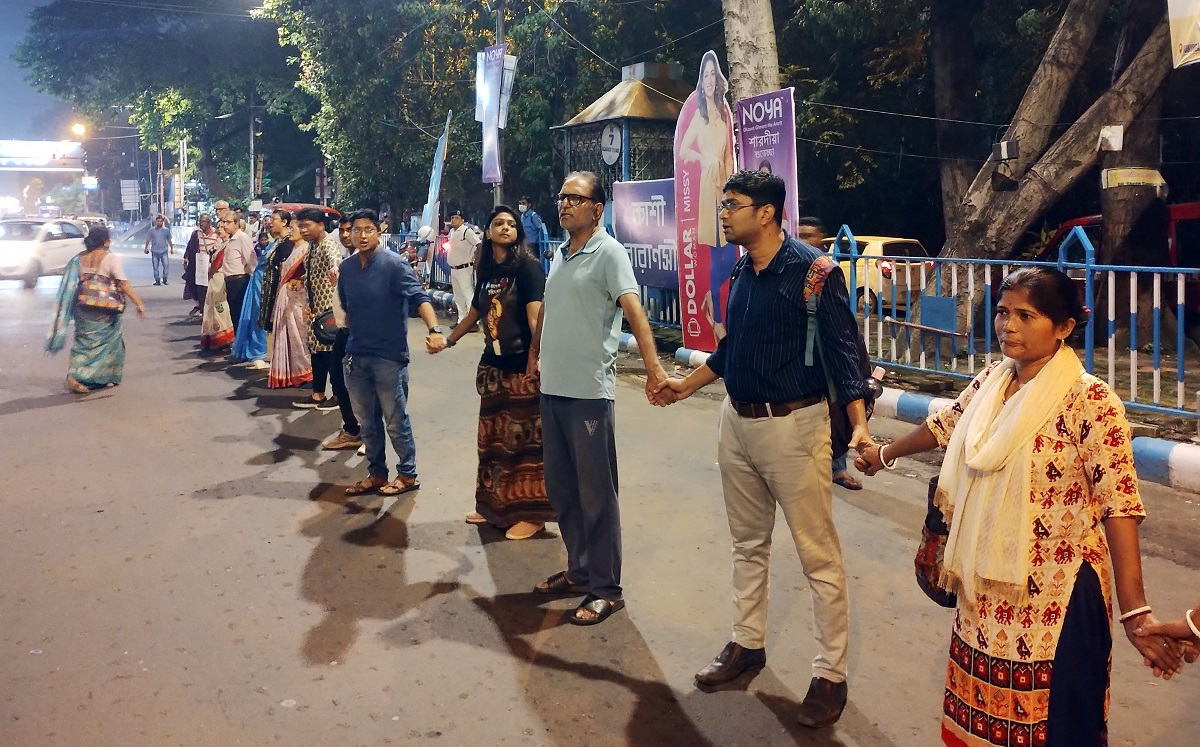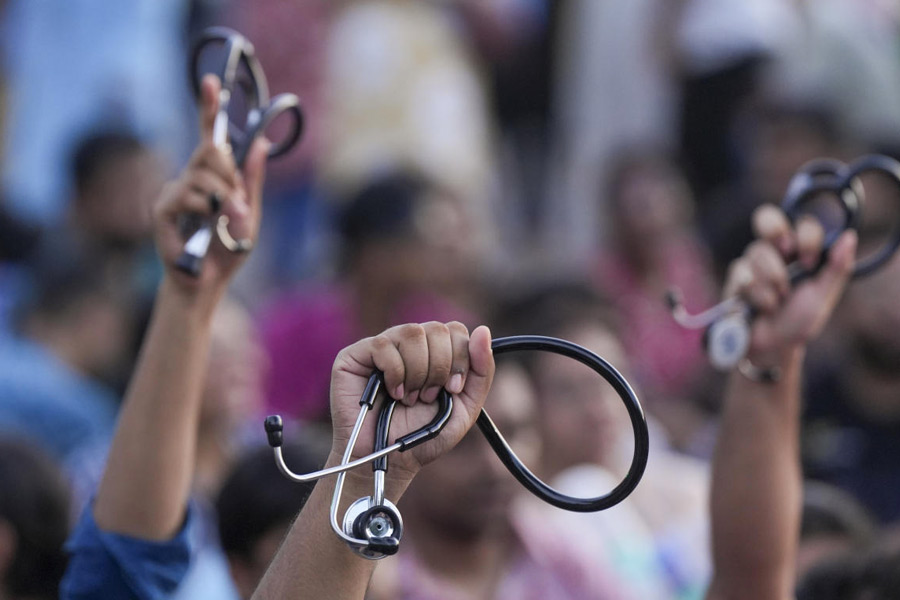The healthcare sector in India, often hailed as the backbone of the nation’s wellbeing, is facing a crisis of a different kind—one that threatens the very safety and security of its healthcare professionals. A recent study titled “Workplace Safety and Security in Indian Healthcare Settings: A Cross-Sectional Survey” has uncovered disturbing trends that highlight the precarious working conditions faced by those tasked with saving lives.

According to the study, over 50% of healthcare workers in India who participated in the survey admitted that they feel unsafe in their workplace. The research, which included 1,566 healthcare professionals, was conducted across a variety of institutions, but the most alarming data came from state and central government medical colleges, where the feeling of insecurity was reportedly more pervasive.
An Unsafe Environment for Healthcare
The findings raise serious concerns about the working conditions in India’s healthcare sector, especially within government institutions. The fact that more than half of the respondents feel unsafe is a stark reminder that those who are entrusted with public health are themselves vulnerable to the perils of their workplace environment.
But what exactly makes these workplaces so unsafe?
The study points to several contributing factors, including violent confrontations with patients and their families, lack of adequate security measures, poor infrastructure, and the lack of proper administrative support. Many healthcare workers expressed concerns about facing aggression, not just verbal, but often physical, from patients or their attendants when treatments or outcomes don’t meet expectations.
This is especially worrying because healthcare professionals are already dealing with high-stress environments, long working hours, and an overwhelming caseload. To add the burden of physical safety concerns to their list of challenges can only exacerbate the crisis.
A Startling 78.4% Face Threats on Duty
The study’s findings go beyond feelings of unsafety—it revealed that an alarming 78.4% of healthcare workers had been threatened while on duty. This includes both verbal and physical threats, often stemming from emotional distress or dissatisfaction with the treatment process.
For many of these professionals, threats on duty have become a norm rather than an exception, and this normalization of violence in healthcare settings is a worrying trend. It’s not just isolated incidents that are to blame, but a system that fails to protect its workers from such hostility.
A junior doctor working in a government hospital in Delhi explained:
“We face threats almost daily, sometimes for things as small as waiting times. Families of patients can become very aggressive, and the hospital’s administration often does nothing to protect us.”

Government Medical Colleges at Higher Risk
While healthcare workers across India are affected by these threats, the study shows that the situation is particularly dire in state and central government medical colleges. These institutions, which often serve a large number of patients from various socio-economic backgrounds, seem to have the highest instances of worker insecurity.
The reason for this, some experts believe, lies in the overcrowded nature of these institutions, coupled with poor patient management systems and a severe shortage of healthcare staff. This leads to longer wait times, strained resources, and a higher likelihood of conflicts between staff and patients.
The Mental Health Impact
The unsafe working environment is not just a physical threat, but it also has severe repercussions on the mental health of healthcare workers. Regular exposure to threats, violence, and unsafe conditions can lead to burnout, anxiety, and depression among healthcare professionals, further affecting their ability to deliver care.
One healthcare worker in a government hospital said,
“You’re always on edge, wondering when the next altercation might happen. It affects your mental well-being, and some of us have even thought about quitting the profession altogether.”
A Call for Urgent Action
The study’s findings present a grim picture of the healthcare environment in India, but they also call for urgent reforms to ensure the safety and well-being of healthcare workers. A few potential solutions that experts are recommending include:
- Enhanced Security Measures: Installing CCTV cameras, deploying trained security personnel, and enforcing stricter entry protocols could help mitigate violent incidents in hospitals and clinics.
- Violence Prevention Policies: Government institutions must enforce zero-tolerance policies against violence towards healthcare workers, including immediate legal action against perpetrators.
- Training for Conflict Resolution: Providing healthcare professionals with training in conflict resolution and de-escalation techniques could help prevent situations from escalating into violence.
- Improved Communication: Many conflicts arise due to miscommunication or lack of clear information. Hospitals should implement systems that keep patients and their families better informed about treatment processes, timelines, and possible outcomes.
- Better Infrastructure and Staffing: Addressing the overcrowding in hospitals by improving infrastructure and hiring additional staff can reduce the strain on both healthcare workers and patients, potentially decreasing instances of violence.
A Broken System in Need of Repair
The results of the survey bring to light the systemic failures in ensuring the safety of healthcare workers across India. When more than 50% of healthcare professionals feel unsafe in their workplaces, it is a signal that the government and healthcare institutions need to take immediate action.

The focus on improving healthcare services in India has largely been about increasing facilities and addressing public health concerns, but this study highlights a glaring oversight: the safety of the very professionals who are the backbone of these services. If the healthcare workforce does not feel safe, the entire system is at risk of collapsing.
It is high time that the Indian government and healthcare authorities address these issues and ensure that those who are saving lives are not left fearing for their own safety.
